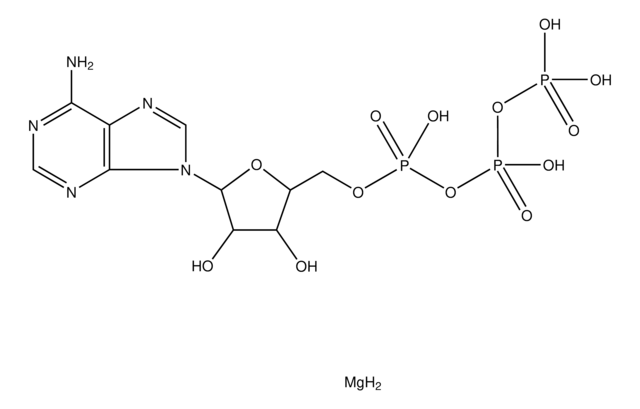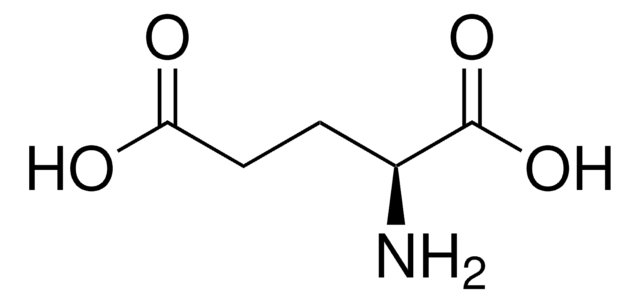SML2417
ORG 25543 Hydrochloride
≥95% (HPLC)
别名:
4-Benzyloxy-3,5-dimethoxy-N-[(1-dimethylaminocyclopentyl)methyl]benzamide hydrochloride, N-[[1-(Dimethylamino)cyclopentyl]methyl]-3,5-dimethoxy-4-(phenylmethoxy)benzamide hydrochloride, ORG 25,543 hydrochloride, ORG 25543 hydrochloride, ORG-25543 hydrochloride
登录查看公司和协议定价
所有图片(1)
About This Item
推荐产品
方案
≥95% (HPLC)
表单
powder
储存条件
desiccated
颜色
white to beige
溶解性
DMSO: 2 mg/mL, clear
储存温度
room temp
SMILES字符串
Cl.N(C3(CCCC3)CNC(=O)c1cc(c(c(c1)OC)OCc2ccccc2)OC)(C)C
InChI
1S/C24H32N2O4.ClH/c1-26(2)24(12-8-9-13-24)17-25-23(27)19-14-20(28-3)22(21(15-19)29-4)30-16-18-10-6-5-7-11-18;/h5-7,10-11,14-15H,8-9,12-13,16-17H2,1-4H3,(H,25,27);1H
InChI key
NIPQJILJYQVZJR-UHFFFAOYSA-N
生化/生理作用
Brain-penetrant, high-affinity, potent and selective glycine transporter 2 (GlyT-2; GlyT2) inhibitor with higher potency and selectivity than ALX-1393.
ORG 25543 is a brain-penetrant (free brain/plasma ratio = 0.53; 35 min post 2 or 20 mg/kg i.v. in mice), high-affinity, potent and selective glycine transporter 2 (GlyT-2; GlyT2) inhibitor (human & mouse pIC50 = 7.9/ GlyT2 vs <4/GlyT1) with great selectivity over a panel of 56 receptor and channel proteins. ORG 25543 is more potent and selective than the brain-impermeable ALX-1393 (GlyT2/GlyT1 pIC50 = 7.1/5.4) and exhibits high in vivo efficacy in a murine diabetic neuropathic pain model (ED50 = 0.07-0.16 mg/kg i.v.; Emin = 0.01 mg/kg). ORG 25543 is practically irreversible due to its tight-binding nature, suboptimal dosage should be applied in vivo to allow low target occupancy only and minimize acute toxicity.
储存分类代码
11 - Combustible Solids
WGK
WGK 3
闪点(°F)
Not applicable
闪点(°C)
Not applicable
法规信息
新产品
历史批次信息供参考:
分析证书(COA)
Lot/Batch Number
A Mingorance-Le Meur et al.
British journal of pharmacology, 170(5), 1053-1063 (2013-08-22)
Available medications for chronic pain provide only partial relief and often cause unacceptable side effects. There is therefore a need for novel molecular targets to develop new therapeutics with improved efficacy and tolerability. Despite encouraging efficacy data in rodents with
Katsuya Morita et al.
The Journal of pharmacology and experimental therapeutics, 326(2), 633-645 (2008-05-02)
Neuropathic pain is refractory against conventional analgesics, and thus novel medicaments are desired for the treatment. Glycinergic neurons are localized in specific brain regions, including the spinal cord, where they play an important role in the regulation of pain signal
France Rousseau et al.
The Journal of neuroscience : the official journal of the Society for Neuroscience, 28(39), 9755-9768 (2008-09-26)
At inhibitory synapses, glycine and GABA are accumulated into synaptic vesicles by the same vesicular transporter VGAT/VIAAT (vesicular GABA transporter/vesicular inhibitory amino acid transporter), enabling a continuum of glycine, GABA, and mixed phenotypes. Many fundamental aspects of the presynaptic contribution
The first potent and selective inhibitors of the glycine transporter type 2.
W L Caulfield et al.
Journal of medicinal chemistry, 44(17), 2679-2682 (2001-08-10)
M A Gradwell et al.
The Journal of physiology, 595(23), 7185-7202 (2017-09-15)
Spinal parvalbumin-expressing interneurons have been identified as a critical source of inhibition to regulate sensory thresholds by gating mechanical inputs in the dorsal horn. This study assessed the inhibitory regulation of the parvalbumin-expressing interneurons, showing that synaptic and tonic glycinergic
我们的科学家团队拥有各种研究领域经验,包括生命科学、材料科学、化学合成、色谱、分析及许多其他领域.
联系技术服务部门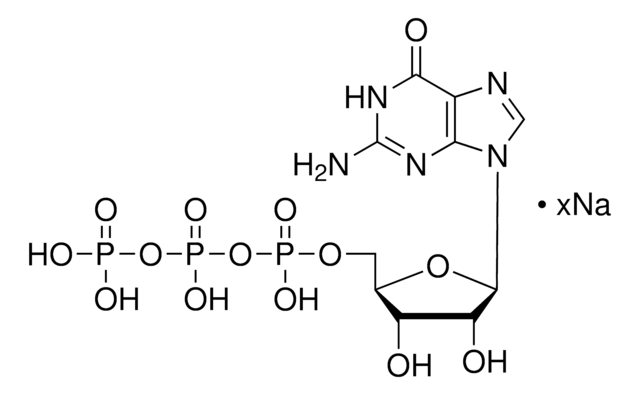

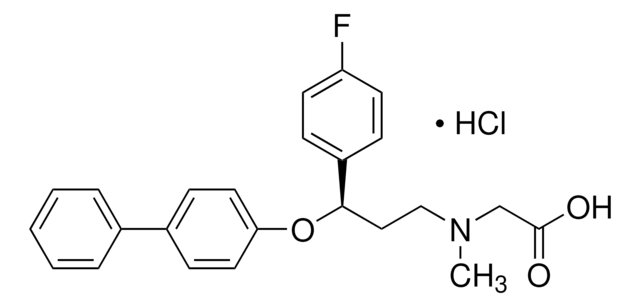
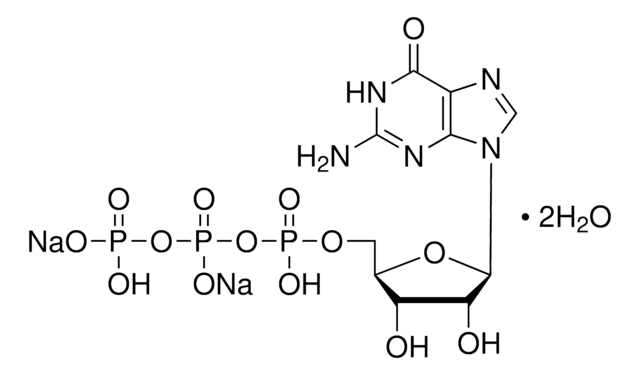
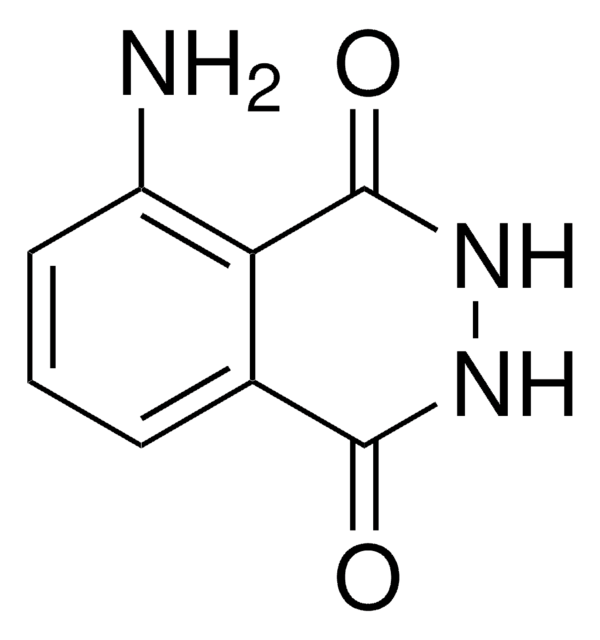
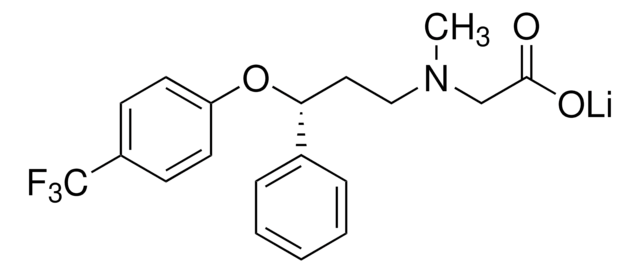
![鸟苷5′-[β,γ-亚氨基]三磷酸 三钠盐 水合物 ≥85% (HPLC), powder](/deepweb/assets/sigmaaldrich/product/structures/204/494/05808804-1ca7-44bf-b6c5-d4934dc7cb85/640/05808804-1ca7-44bf-b6c5-d4934dc7cb85.png)
